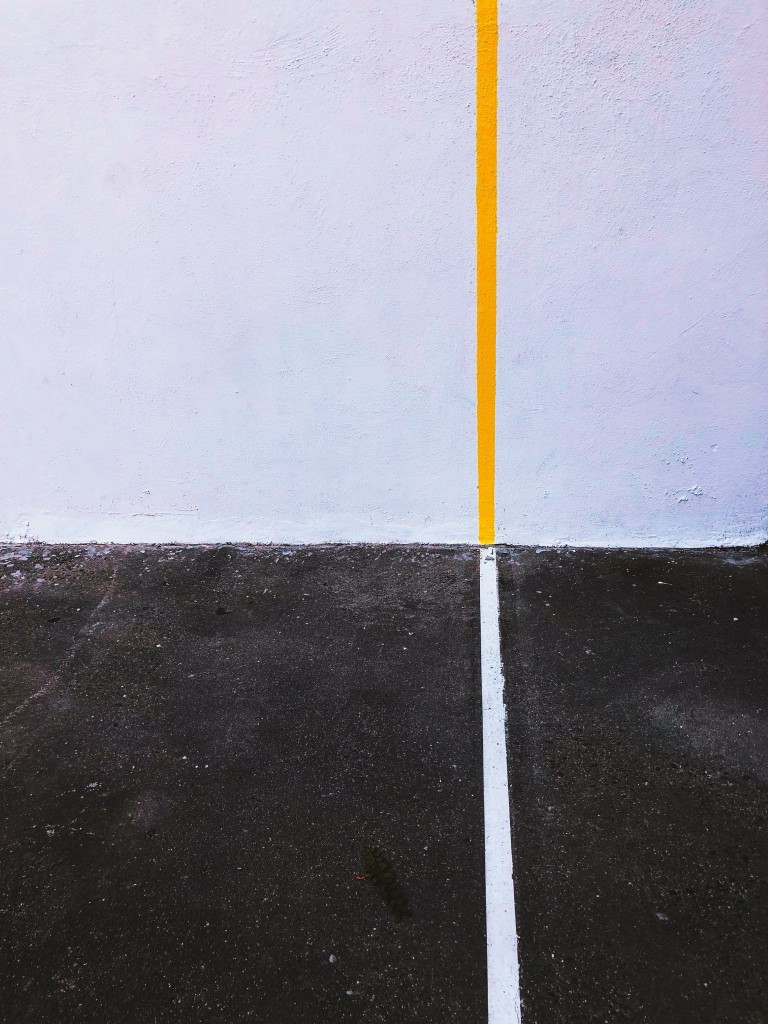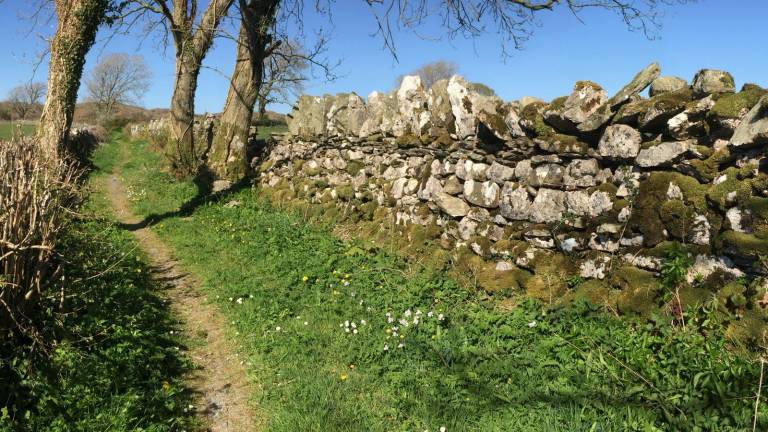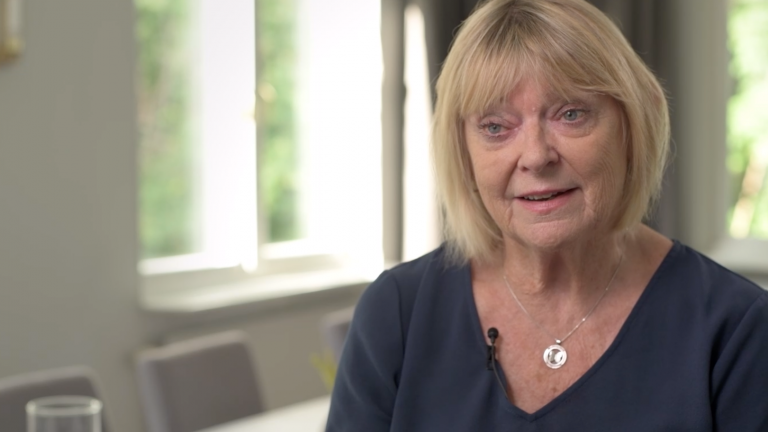Associate of Amara Collaboration Kirstin Irving considers what it means to draw a line during these exceptional times and how practices of action and inquiry can support timely and transforming leadership. We invite you – as you read her piece – to reflect on the lines you wish to draw in work and life, and consider how you might use space between stimulus and response to support your leadership. You may wish to have pen/paper to hand, and journal as you engage with your own inquiries.

I drew a line:
this far, and no further,
never will I go further than this.
When I went further,
I drew a new line,
and then another line.
The sun was shining
and everywhere I saw people,
hurried and serious,
and everyone was drawing a line,
everyone went further.
(Poem by Toon Tellegen, picture by Jon Tyson)
When a friend shared this poem it stopped me in my tracks; I felt a disturbance in my stomach which rose to my heart, and my heart ached. What, I wondered, was my reaction about?
With the complexity, uncertainty and volatility of life presenting itself so strongly at this time, my sense is that I am being called more insistently than ever before to attend to the lines I draw; when, why and how do I draw and redraw them, and when might I be better to abandon lines altogether.
The notion of line drawing invites a clear declaration to the world that rarely feels possible given the ambiguity, sometimes confusion, that I experience in life. While there are certain lines I am compelled to mark indelibly for all to witness, I more often find myself sketching lines, ready to be erased or reshaped at any moment. There’s something tentative, exploratory about the process, wanting to stand back, consider, ask others what they think, before committing to something firmer. And yet I feel the pull also of stepping in to create a vivid, unequivocal picture of what I wish for in the world and how I, how we, might travel towards it.
The meaning held in this poem by ‘going further’ has caught me especially, disturbed me even. Does it represent mindless oblivion, creeping deception, helpful diplomacy, a courageous new stand that should be applauded, or something else altogether? Regardless, I find myself sitting with a set of uncompromising questions: What marks am I making in the world, and how consciously am I making them? Where are the edges, my boundaries, and how am I negotiating them? How do I know which lines are serving me, my work, others, the wider world and the whole of life on Earth – and which are not? How do I go about erasing old lines in favour of new? And what do all the lines I’m drawing add up to in this life?
What questions are you sitting with in relation to line drawing?
Exploration of the relationship between line drawing and standing back – between action and inquiry – is at the heart of my own leadership practice, and at the heart of Amara Collaboration’s work. How do we, as leaders, bring into our awareness the lines we are drawing, and how do we manage the dance between intentional moves on the one hand, and reflective practices on the other?
Viktor Frankl famously said, “Between stimulus and response there is a space. In that space is our power to choose our response. In our response lies our growth and our freedom”. If ever there was a time for us to exercise our power well, to support the growth of our awareness and our responsibility, and to courageously draw and redraw lines in work and life, now feels to be it. How we create sufficient space between stimulus and response is a here-and-now question that holds within it the possibility of us meeting the world with more timely and transforming leadership.
I consider line drawing to be an act of courage, and it is said that courageous action depends on well-organised energy.
- How are you currently organising your energy around line drawing, and how might you?
- Which of your lines are well drawn and need to be held, and which might helpfully be redrawn, perhaps over and over?
- What part does ‘standing back’ play in your day, and how might you engage more powerfully with the space between stimulus and response?
- What needs to be happening differently for you to connect with your best self as a leader?
Line drawing is a delicate business, perhaps more an art than a science. To engage skilfully I need to maintain exquisite balance between being completely sure and being clueless, between stepping in with bold intentions and sitting quietly with big questions and oceans of uncertainty. I need to quieten the voice that says it’s not mine to do, I can’t, I shouldn’t, and privilege the whisper that asks, ‘what if?’.
Just as water has the power to reshape rock, so the fluid, ever-shifting lines of our responses to the landscapes we find ourselves in have the power – imperceptibly but definitely – to change the world.
FURTHER READING
Amara Associate, Annette Hennessy is noticing in her daily walks the various Action Logics she has been stepping into during these complex times. She is inviting us too into a journey of inquiry and to step into new times of Transforming and Alchemical. These are strange, disturbing times, filled with great sadness, and the chance of … Continued
The underpinning framework we have developed in Amara to enable leaders to move with agility is called The Amara Way. This describes and embraces the embedded practice of Inquiry-in-Action, which is influenced by Action Inquiry, the only approach statistically confirmed to generate both individual and organizational transformation.
During the course of our lives, we all grow through different stages of development called action-logics. The action-logics could be described as “operating systems” or “lenses” through which we look at and operate in the world. Often we hear discussion or see written that the action-logics are like a school rating system, or that some of … Continued


